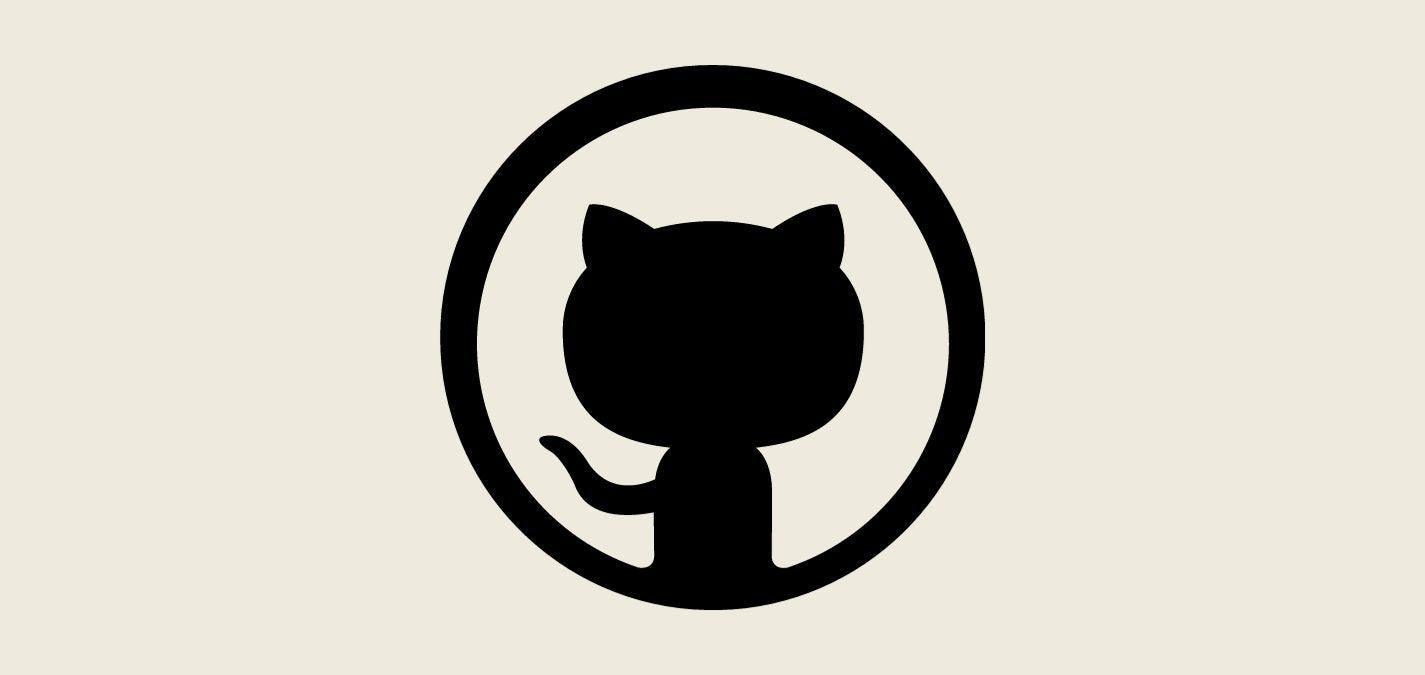Introduction to Git
What is Git?
Git is the heart of many software projects. It’s a distributed version control system that tracks changes, allowing multiple people to collaborate on the same project without stepping on each other's toes. Born from the brilliant minds behind the Linux kernel, it's now a staple in the coder’s toolkit.
Why Git?
In the vast sea of version control systems, Git stands out. It's not just about tracking changes - it’s about collaborating effectively. Its decentralized nature means everyone gets a full copy of the project, maximizing flexibility and autonomy.
Setting Up Git
Installation
Before we start firing Git commands, let’s get it installed:
- Windows: Follow this installation guide.
- MacOS: Here's how you can install on Mac.
- Linux: Open your terminal and let’s get Git using your package manager.
Configuration
After installing Git, it's paramount to configure it for personalized usage. Dive into the settings with the git config command. Begin by setting your username and email with:
git config --global user.name "Your Name" git config --global user.email "youremail@example.com"Want to specify a default editor for Git, like VS Code? Use:
git config --global core.editor "code --wait"These configurations ensure every action you take is tagged with your unique identity.
Git Basics
Initializing a Repository
Kickstart your project with git init. This transforms your project directory into a Git repository.
Cloning an Existing Repository
Got your eyes on an existing project? git clone [URL] is your magic spell. It creates a copy of the project on your machine.
Basic Workflow
At its core, Git revolves around three steps:
-
Add: Mark changes for a commit with
git add. -
Commit: Save the marked changes with
git commit. -
Push: Share your commits with the world using
git push.
Checking Status
Confused about what's happening? git status is your friendly guide. It tells you about changes, commits, and everything in between.
Branching and Merging
Introduction to Branching
Think of branches as parallel universes within your project. They allow you to work on different features simultaneously.
Creating, Switching, and Merging Branches
Branching in Git is a breeze. Use git branch to create one, git checkout to switch, and when you're ready, git merge brings branches together.
Dealing with Merge Conflicts: Ah, the dreaded merge conflict. But fear not, champs! When you encounter the message that there's a conflict, Git is asking for human intervention. Navigate to the files indicated and you'll see sections marked with <<<<<<, ======, and >>>>>>. These denote conflicting changes. Edit the file to resolve the conflict, keep the desired changes, and discard the conflict markers. Then simply git add and git commit to finalize
Deleting Branches: After merging a branch or if there's an obsolete branch, it's good housekeeping to delete it. For local branches, use:
git branch -d branch_nameIf you're sure about the deletion and want to force it, replace -d with -D. For remote branches:
git push --delete remote_name branch_nameRemote Repositories
Understanding Remotes
Remotes are like portals to other Git repositories. They enable collaboration by letting you push and pull changes.
Managing Remotes
Adding remotes is as simple as git remote add. For fetching updates, go with git fetch. And when you're ready to integrate them, git pull does the trick.
Removing Remotes: Sometimes you might need to remove a linked remote, perhaps due to a repository moving or being deleted. Do this with:
git remote rm remote_nameAdvanced Git
Diving into Git can be overwhelming, but you're not alone. Plenty of online resources, tutorials, and books cater to different learning styles. A personal favorite is the book "Pro Git" by Scott Chacon and Ben Straub - it's comprehensive and beginner-friendly.
For those who learn by doing, platforms like Git Immersion or Learn Git Branching offer hands-on experiences.
Engage with the community! Platforms like Stack Overflow have dedicated Git tags for your queries. There are also numerous forums and communities where Git enthusiasts discuss, share, and help each other out.
Stashing, Cherry-picking, and Rebasing
Sometimes, coding is like juggling. Git offers tools like git stash, git cherry-pick, and git rebase to help you manage and organize your changes.
Rebasing: Unlike merging, which integrates changes from one branch into another in a single commit, rebasing rewrites the commit history. When you rebase a branch, you're moving its base to the tip of another branch, stacking your changes atop it. It offers a cleaner, linear history. But remember, it’s rewriting history! Use git rebase with care, especially with branches that others are working on.
git checkout feature-branch git rebase mainCollaborative Workflows
Working with a team? Git's collaborative workflows like Forks, Pull Requests, and the famous Gitflow Workflow ensure smooth sailing.
Git and Continuous Integration
Continuous Integration (CI) with Git
Incorporate automated tests, build processes, and more using Git hooks, ensuring quality every step of the way.
Git Troubleshooting and Recovery
Undoing Changes and Resolving Conflicts
Mistakes happen. Git has you covered with commands like git reset, git revert, and tools to resolve those pesky conflicts.
Best Practices
Crafting Commit Messages and Ignoring Files
A well-crafted commit message is like a note-to-self for future you and your team. And with .gitignore, keep unnecessary files out of your repo.
Git Tools & Extensions
For those who prefer a visual touch, explore GUI tools for Git. Extend your Git prowess with plugins and extensions.
Integration with Other Tools
Git plays well with others. Whether it's HTML, CSS, JavaScript, or any other tool, Git is there to ensure seamless collaboration. Dive deep into the respective guides to see how they integrate.
Git with IDEs, Build Tools, and Issue Trackers: Modern Integrated Development Environments (IDEs) often have Git baked right in, enabling seamless version control without switching to the terminal. Tools like Visual Studio Code, IntelliJ, and Eclipse have splendid Git integrations.
Additionally, if you're into automating your build and deployment processes, tools like Jenkins or Travis CI can be integrated with Git, ensuring every commit or pull request is automatically tested and deployed if it meets the criteria.
Lastly, working on a team project? Issue trackers like JIRA or GitHub Issues integrate with Git, linking commits to specific issues, making project management a breeze.
Wrapping Up
Phew! That was a ride. But remember, champs, practice makes perfect. So, keep coding, keep pushing, and in no time, Git will be second nature.
Happy coding! 🚀
Hungry for more coding knowledge? Dive into our in-depth guides on JSON, SQL and NoSQL, PHP, Liquid (Shopify), and Python.




